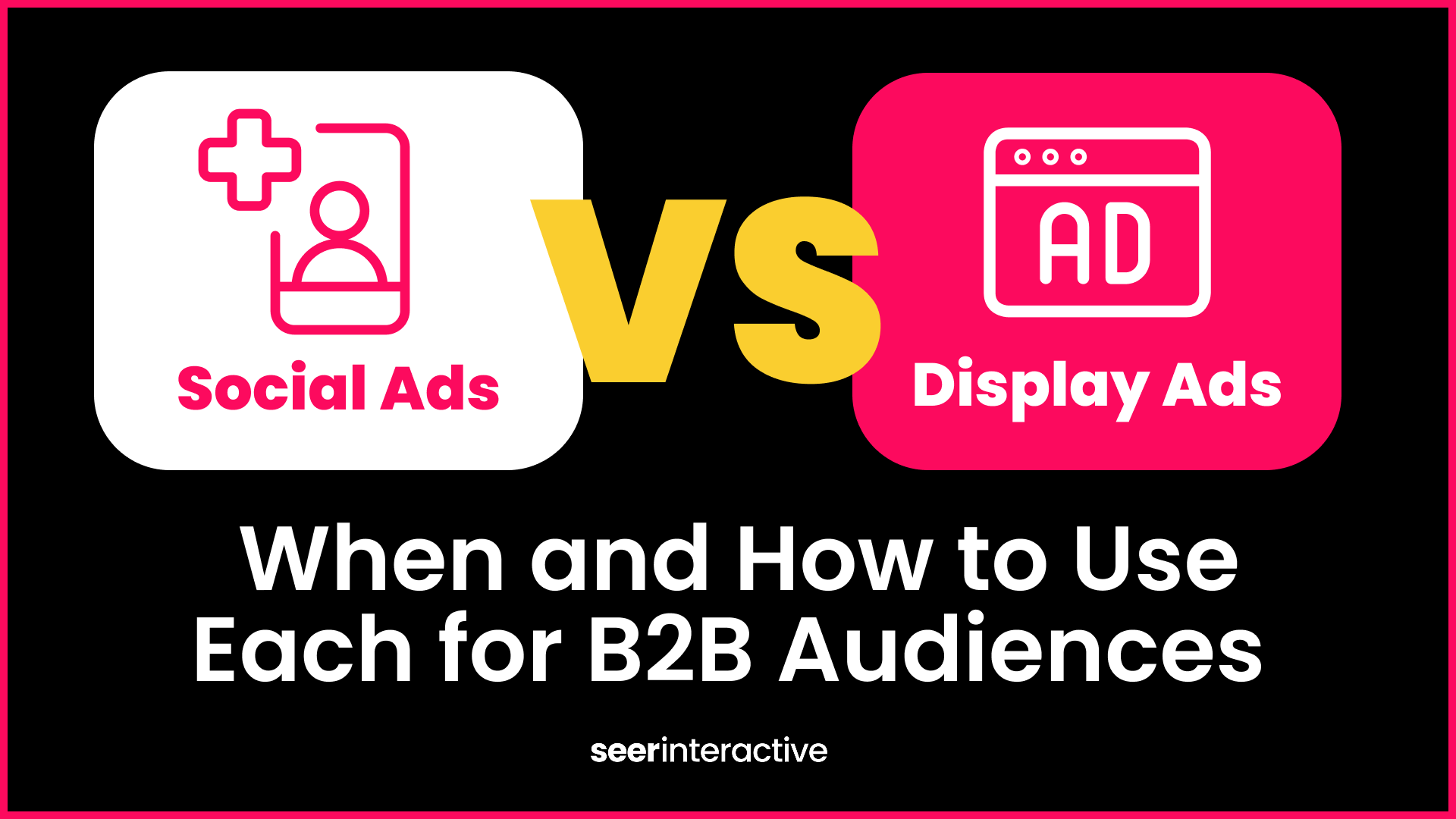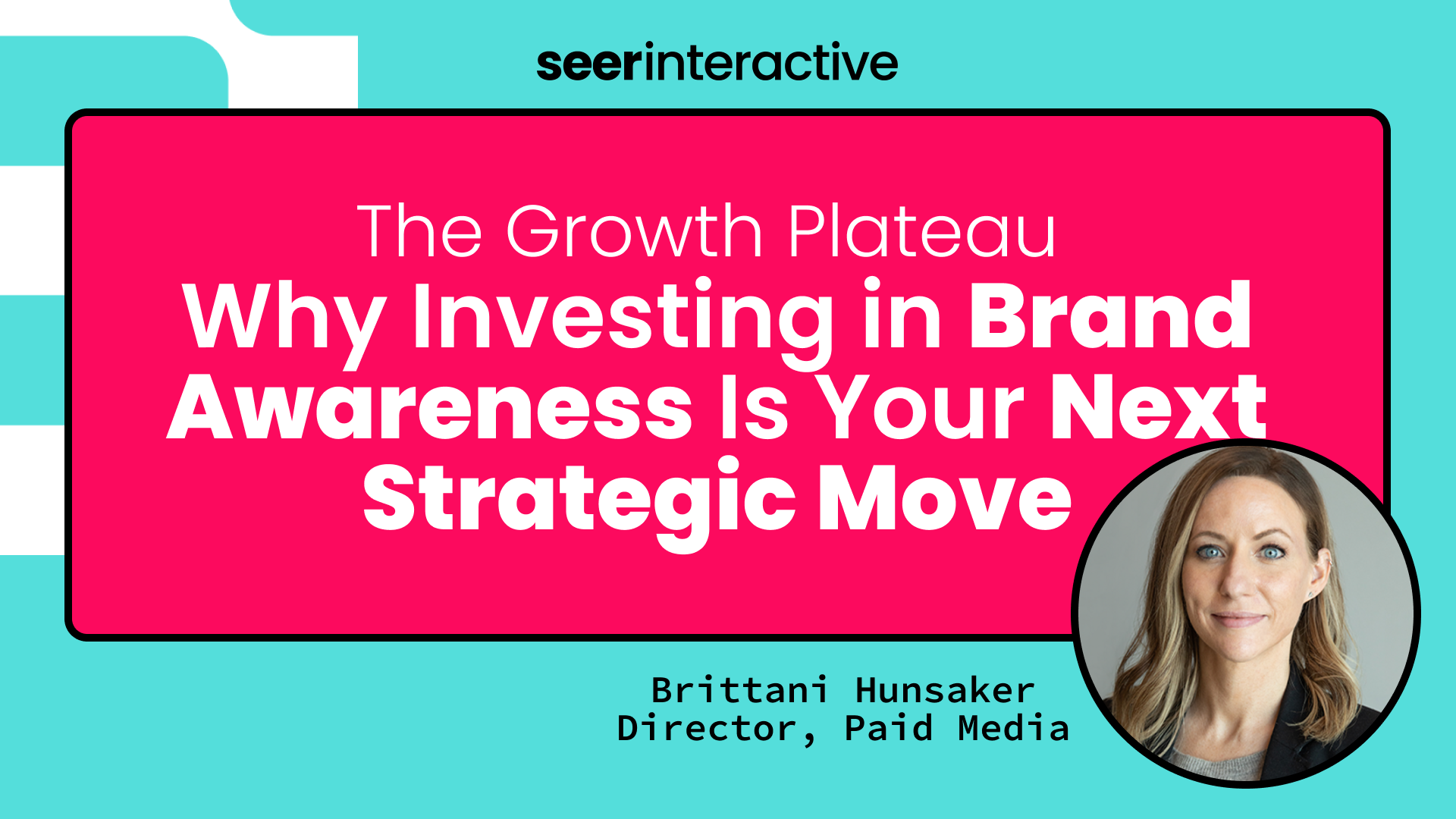Trying to figure out why your bid adjustments and or bid strategies haven’t been working out for you? Maybe you’ve been so frustrated at the fact your hypothesis hasn’t been panning out, you went ahead and made an additional edit. Well, if you didn’t give the algorithm time to adjust, you may have restarted the whole process over again. Before making that next adjustment, let’s go over a scientific method to inform your bid strategy adjustments.
[FUN FACT] : Machine Learning algorithms utilize a large parameter set that influences performance on such a large scale that not one individual or team could calculate!
Testing into a new bid strategy
There are two times you may run into bid strategy conflicts: One is that you may be trying to test a new bid strategy and the other is improving an already existing bid strategy.
In order to see your bid adjustments/bid strategy in full working order you need to have at least 20 conversions before making any adjustments or strategy adjustments. See this blog post that further explains the logic on why.
At levels below 20 conversions, data sets often get too small for machine learning to respond accurately. Feeding the algorithm with a strong quantity of conversions allows machine learning to create a powerful snowball effect that drives more responsiveness to your bid changes.
[TIP] Microsoft recommends letting the bid strategy gather at least 30 conversions before evaluating performance on a more conservative note before making any other adjustments. Google also recommends the advertiser to gather at least 30 conversions unless you’re using a Target ROAS in which case you want to gather approximately 50 conversions.
Common scenarios
Keeping in mind the above methodology of a 20 conversion threshold, let’s review some scenarios where you might want to adjust your bid strategy.
Scenario #1
“My campaign gets 100 conversions a month but I want to reduce the CPA; how do I do that?”
We use the same logic for tCPA adjustment and ROAS adjustments. So, let's say you have a campaign with 100 conversions a month and you want to improve the CPA or get more scale. This involves two potential optimizations:
- Increase the tCPA by 20% to gain more scale
- Decrease the tCPA by 20% to be more efficient Making +/- 20% adjustments with that CPA are well within reach and provide a very low risk to the campaign and will allow it to be very effective. The estimated reaction time for the campaign to see proper results will happen approximately two weeks or less from implementation.
Scenario #2
“If the campaign I want to test is already receiving a large volume of conversions, how long will it take to see any impact?”
Let's use another example with the same campaign above that has 100 campaigns and you want to go up or down by 30%. The reaction time will take Google a little longer to utilize its machine learning algorithm. But it still will prove to be very effective with that large amount of conversion data set.
Scenario #3
“I started with a tCPA of $40 which was too low so I moved it to $45 and within a week nothing happened so I moved it to $50. Why is it not optimizing to my tCPA?”
Adjusting your tCPA too frequently will cause various issues such as not allowing Google’s machine learning ample time to adjust to your previous bid adjustment. Consistently changing your bid adjustment will continually “shock the system” and furthermore delay your end goal in improving bid strategy performance.
[TIP] A good rule of thumb for how frequently you should adjust your tCPA is roughly 2 weeks according to the data set we’ve tested here at Seer.
Typically any bid adjustments made within 0-50% increments should typically see results within 2 weeks. If you have a campaign that has a larger number of conversions it may take longer to see any significant outcome. A campaign we tested that had 100+ conversions per month saw CPA improve within 1 week but took about 2-3 weeks for our goal to hit since it had such a high conversion volume.
When in doubt, less is more. Let the engine have time to learn.
Conclusion
The golden rule for why your bid adjustments/bid strategies aren’t working tend to meet the following criteria:
- Less than 40 conversions
- Too frequent changes which doesn't allow Google’s machine learning to do its job
The above mentioned is what we’ve seen here at Seer being deep in the trenches on a daily basis optimizing our client’s campaigns. The question I’ll leave you with is if something is broken do you constantly keep fixing it every two minutes or would you rather wait two hours to see if your efforts made a difference?
Want more posts like this? Subscribe to the Seer Newsletter:


